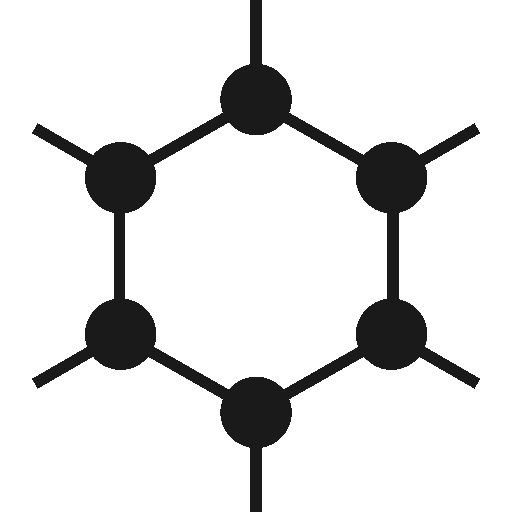This is my Burroughs Class 1, Model 7 Adder/Lister made in 1908. The glass sides and front let you watch the mechanisms as it's adding.
The Burroughs is a true adding machine--it can only *add* numbers. Notice the limited buttons on the keyboard. If you ever heard someone refer to a modern calculator as an "adding machine" it derives from the fact that originally that's all they could do back in 1908.
Of course if you can add repeatedly you can multiply, so this machine has a "repeat" button in the bottom right corner. Once pressed, any number you enter stays pressed down after you pull the addition lever, so you can add over and over just by pulling the lever.
People subtracted on adding machines w/ a neat trick: the complements method. Convert a number to its complement, add it, and discard the extra "1" on the left. Many calculators with subtraction functions use this method under the hood: https://www.mathsisfun.com/numbers/subtraction-by-addition.html
Thanks - I do like it!
@kyle AFAIK there's also only an 'adder' in CPUs?
@RyuKurisu I believe modern CPUs have a lot of different sets of instructions, but my understanding, if we go back to early binary computers, is that they implemented Boolean logic (AND/OR/NOT and their combinations), from which you can derive things like addition operations.



This adding machine has a carriage at the back so you can add a paper spool or even a sheet of typing or ledger paper, with tab stops you can set to speed the process of filling out forms.